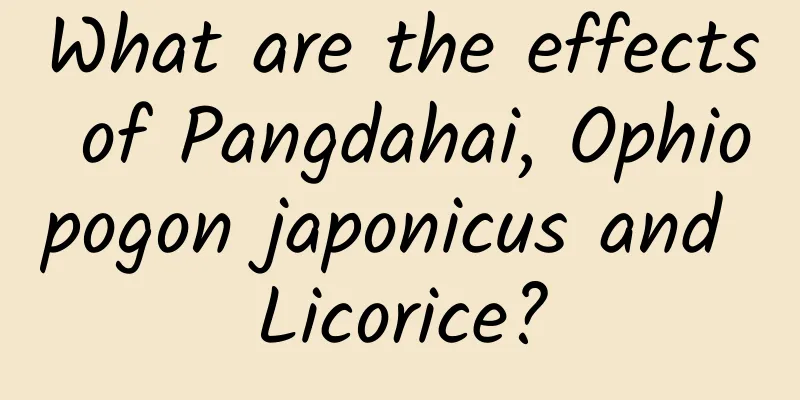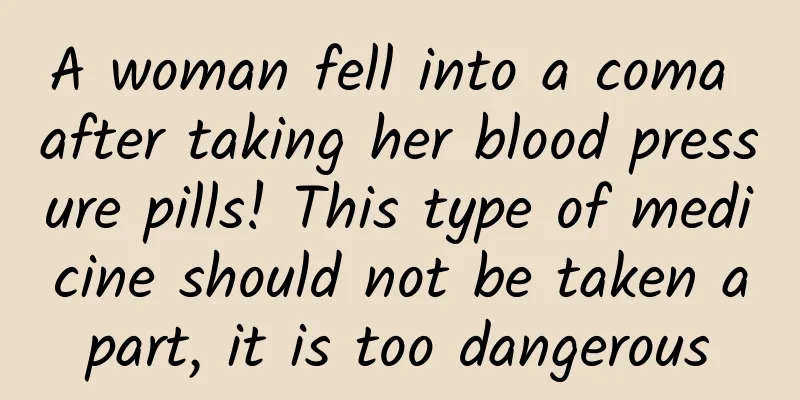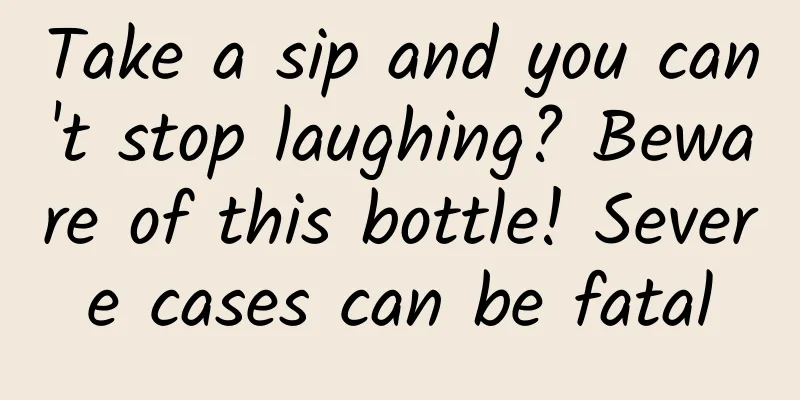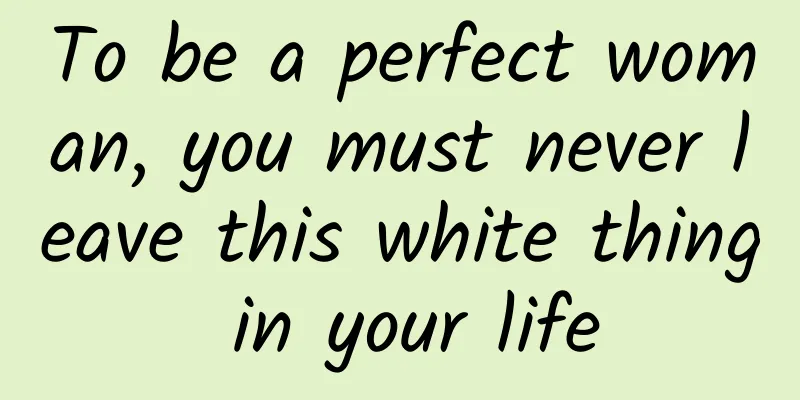Chocolate + soda =?
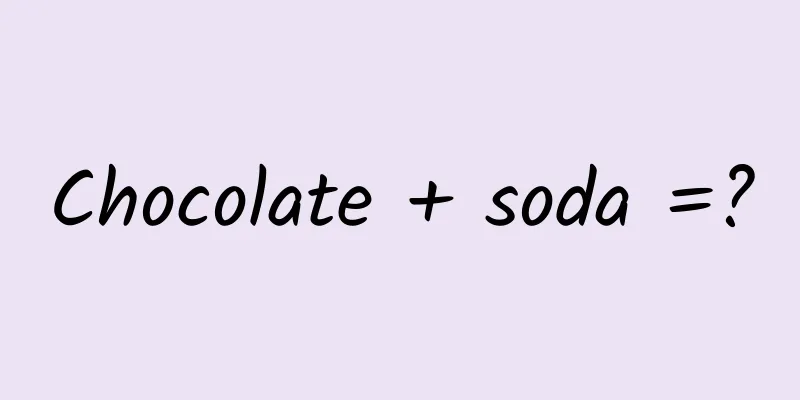
|
One day, I was eating chocolate and drinking soda water. Who knew that the chocolate would disappear with a shake of the hand? I looked down and found it floating in the cup. The foodie’s desire to explore is now aroused! Experimental equipment Marked cup, sparkling water, beaker, chocolate, knife Experimental procedures First, we cut the chocolate into long strips. Then, drop it into a beaker of soda water. After a while, a layer of bubbles will form on the surface of the chocolate. Three situations may occur afterwards: 1. Larger or squarer chocolates will sink to the bottom of the beaker 2. Smaller or thinner chocolates float on the water 3. The right size chocolate moves up and down in the beaker Sometimes the undulating chocolate gets stuck on the water surface. Rub some chocolate crumbs into it. Making the water a little cloudy will help the chocolate continue to rise and fall. We can also try to cut out more shapes for the chocolate The movement trajectory of chocolate will also become rich and interesting Principle Explanation When chocolate is put into soda water, carbon dioxide formed by the decomposition of carbonic acid adheres to the surface of chocolate, providing a certain amount of buoyancy. When the buoyancy of bubbles and chocolate overcomes the gravity of chocolate, the chocolate as a whole will rise; when chocolate touches the water surface, bubbles at the junction of chocolate and water escape, and the buoyancy is not enough to overcome gravity, so chocolate sinks again. Since the amount of bubbles attached to the surface is roughly proportional to the surface area, if the specific surface area is too small, the chocolate will not float even if it is completely attached with bubbles; on the contrary, if the specific surface area is too large, it can continue to float when it floats to the water surface with only the bubbles on the bottom and sides. Only chocolate with a moderate specific surface area can complete the reciprocating sinking and floating. In actual experiments, due to the high surface tension of water, it is possible that when the chocolate floats to the surface, the bubbles above it cannot escape due to the surface tension. At this time, if there is some oil on the surface of the water to reduce the surface tension, the chocolate can start to move up and down. If the chocolate has a special shape, such as one end is larger than the other, then when it first floats up, only the bubbles at one end will escape. After sinking, because there are more bubbles at the other end, it will flip under the action of the resultant torque, resulting in the swinging motion shown in the last picture. Editor: Litchi Source: Institute of Physics, Chinese Academy of Sciences |
<<: Do you like to eat smelly food? It smells like monkey shit!
Recommend
The efficacy and function of Daerlang Arrow
Da Erlang Jian has rich nutritional value and hig...
Recommended flower-viewing routes along the Central Axis, including flower-viewing guides for 111 Beijing parks!
The Qingming Festival holiday is coming soon. Hav...
What are the effects of night clover
Polygonum multiflorum is a traditional Chinese me...
What are the effects and functions of black ant powder
Black ant powder is a health food. The main raw m...
Effects of Panax notoginseng plus American ginseng powder
The effects of Panax notoginseng and American gin...
This symptom suddenly appears in the eyes, which may be caused by high blood pressure or diabetes
The fundus is the part where arteries, veins and ...
The latest research finds that the secret to the longevity of centenarians lies in their intestinal microorganisms?
Let's talk about aging today. Think about it,...
Can chicken’s gizzard lining cure flat warts?
Flat warts are a serious skin disease that is mos...
If you have a big forehead, you are smart? Is there any scientific basis for these superstitions?
Do you have such people around you? They check th...
The role and efficacy of Gorgon Fruit
Gorgon fruit is very important to people and is a...
How to preserve wet Gastrodia elata?
Damp Chinese medicinal materials must be air-drie...
The wild food season has begun again! A list of wild vegetables that Chongqing people love to eat. How many have you eaten?
Chongqing is a mountain city with interlaced moun...
Celebrities were fined for endorsing weight loss products. Don’t buy weight loss products with this kind of ingredients!
Recently, the news #Jing Tian was punished for il...
How can humans gradually solve the problem of "fluorine" that destroys the ozone layer?
When it comes to refrigerants, everyone is famili...
